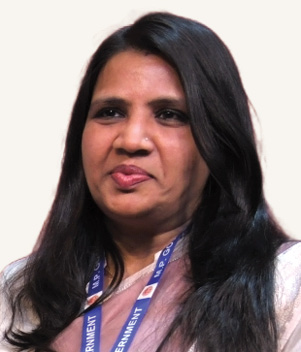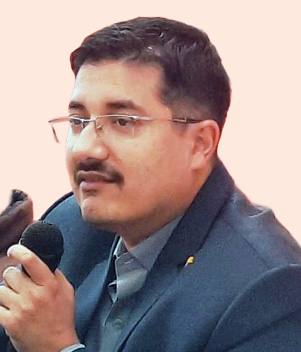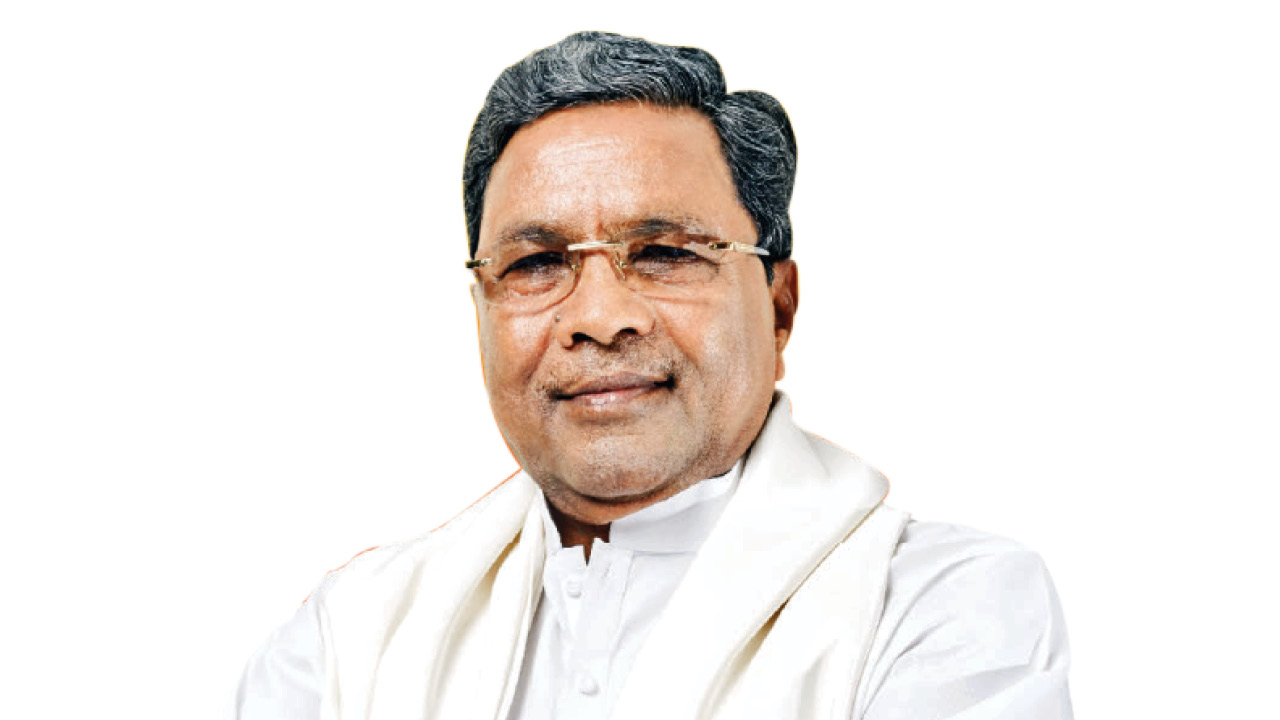Madhya Pradesh ranks #15 nationally in the State of Governance Report 2024, reflecting a decline from its #10 position in 2023. The state continues to demonstrate sectoral leadership and governance efficiency, with 25 well-performing projects, including one highly impactful and eight impactful initiatives.
The ranking trajectory has shown significant shifts over the years. The state secured 1st place in 2015, demonstrating strong governance, but saw a gradual decline, reaching 15th in 2024. A notable performance in 2020 (5th place) suggested strong reforms, yet subsequent years witnessed a steady decline, indicating evolving governance challenges and increasing competition.
In 2024, Madhya Pradesh made notable progress in key governance areas. Ease-of-Doing Business improved, moving up from 5th place in 2023 to 4th in 2024, signaling better business regulations. Police & Safety also showed improvement, rising from 9th to 8th. District Governance remained steady at 6th place both years, maintaining administrative stability.
The state made impressive comebacks, with Forest reclaiming 1st place, while Skill Development and Women & Child Development secured 2nd place, highlighting renewed focus on workforce training and social welfare. Labour and Revenue both improved, ranking 3rd in 2024. Additionally, Culture entered the rankings for the first time, debuting at 3rd place, showcasing efforts to promote heritage and tourism. These shifts reflect Madhya Pradesh’s continued focus on economic development, public safety and social progress, while maintaining stability in governance.
Additionally, Culture entered the rankings for the first time, debuting at 3rd place, showcasing efforts to promote heritage and tourism. These shifts reflect Madhya Pradesh’s continued focus on economic development, public safety and social progress, while maintaining stability in governance.
In 2024, Madhya Pradesh made notable strides in governance with Ease-of-Doing Business rising significantly to 16.00%, up from 5.13% in 2023 and 6.98% in 2022, reflecting improved business policies. District Governance, though lower than 18.60% in 2022, remained strong at 12%, ensuring administrative stability.
Forest showed significant progress, reaching 12%, while Revenue and Police & Safety stabilised at 4%, maintaining steady governance. Labour rose to 8%, emphasising workforce management. Additionally, Culture made its first appearance at 4%, highlighting efforts to promote heritage and tourism. These trends underscore the state’s focus on economic growth, governance and social development.
However, fiscal challenges persist. According to the NITI Aayog Fiscal Health Index 2025, Madhya Pradesh ranks #9, with concerns over low revenue mobilisation and high fiscal deficits. The state must focus on improving capital expenditure efficiency, optimising debt sustainability and enhancing non-tax revenue sources to ensure long-term fiscal resilience.
To regain its position in the top-10 states, Madhya Pradesh must increase the number of high-impact projects, encourage greater district-level participation and strategically enhance its fiscal management practices. Strengthening governance initiatives while ensuring financial sustainability will be critical to achieving higher rankings in 2025.
State's Performance in Different Sectors in Three Years
| Sector | 2024 | 2023 | 2022 |
|---|---|---|---|
| Forest | 1 | 4 | |
| Skill Development | 2 | ||
| Women & Child Development | 2 | ||
| Labour | 3 | 1 | |
| Revenue | 3 | 3 | |
| Tourism | 3 | 1 | 3 |
| Culture | 3 | ||
| Cooperation | 4 | 2 | 2 |
| Ease-of-Doing Business | 4 | 5 | 4 |
| District Administration | 6 | 6 | 11 |
| Municipal Governance | 7 | 3 | 8 |
| Police & Safety | 8 | 9 | 5 |
Chital Translocation
Chital, a variety of spotted deer have their home in many parts of Madhya Pradesh. The breed is also in need of conservation from poachers and other nefarious individuals. In order to achieve the same, The Chital Translocation project was launched on 2 January 2014 across Madhya Pradesh, with the aim to conserve spotted deer population by relocating them to suitable habitats.
It struggled with issues like, animal stress during transport, disease transmission risks, predation concerns in new habitats and human-wildlife conflicts. These were overcome through humane capture techniques (BOMA), veterinary care, habitat enhancement and community engagement programmes to successfully increase Chital population in target areas, along with enhancing habitats through natural seed dispersal, improving genetic diversity and engaging local communities.
GIS-Based Land Allotment System (MPIDC)
Madhya Pradesh Industrial Development Corporation (MPIDC) implemented a GIS-Based Land Allotment System to streamline industrial land allocation through geographic information technology. The system launched on 1 February 2020, successfully reduced processing time from 59 days to 24 days, handled 1,176 applications with 588 deemed approvals and 240 allotments, generated₹276 crore in revenue leading to its adoption by over 1,100 industries. The project did face some challenges included ensuring accurate plot visualisation on GIS maps, maintaining data accuracy across multiple GIS layers and implementing compliance with Public Service Guarantee Act’s time-bound requirements, all the while reducing human intervention. It however, managed to achieve remarkable success by providing assistance in the form of real-time application tracking, incorporating 50+ GIS layers for informed decision-making while also featuring automatic approval generation.
Integrated Fertiliser Storage Software (IFSS)
The IFSS project, unveiled on 1 April 2018, was implemented to streamline fertiliser distribution across Madhya Pradesh by connecting over 6,000 stakeholders through a unified digital platform. The system delt with implementation issues like resistance to adoption, limited Internet connectivity in rural areas, along with integration issues in the form of complex data incorporation with government portals and insufficient user training.
These were addressed through awareness sessions, API development, offline functionality, comprehensive training programmes and early stakeholder engagement resulting in enhanced transparency through real-time fertiliser availability tracking, improved inventory management, automated procurement processes and enabled data-driven decision making. The MPUrvarak mobile app facilitated demand forecasting and supply chain monitoring.
Sashakt Vahini Campaign
Launched on 21 July 2017, the Sashakt Vahini Campaign empowers women through police recruitment training under the Beti Bachao Beti Padhao scheme. The programme has trained 10,625 women, with 151 successfully recruited into police forces, providing economic empowerment, self-defense skills and career guidance.
Key challenges included finding suitable training locations, monitoring across districts, travel and accommodation issues for participants (especially those traveling 20-30 km) and significant disruptions during the COVID-19 pandemic.
Land Acquisition Management System
The Land Acquisition Management System (LAMS), launched on 23 September 2022, is a module developed under the Revenue and Computerised Management System (RCMS) Portal to modernise and streamline land acquisition processes in the state government. Led by Principal Revenue Commissioner Anubha Shrivastava, the project aimed to transform the previously manual land acquisition system into a digital platform.
The project achieved significant outcomes through its implementation. It enabled online submission of land acquisition applications with Khasra details, integrated digital payment systems and automated revenue record updates post-acquisition. The system benefited over a million citizens and entities involved in land acquisition processes across the state.

Mera School Smart School
Launched on 14 February 2023, the Mera School-Smart School initiative in Dewas District, Madhya Pradesh, aimed to revolutionise government schools through digital education, bridging the gap between private and public institutions.
Under this project Smart TVs were installed in 1,665 schools, benefiting over 96,000 students. This led to higher attendance and improved subject comprehension through Hindi e-content, the success of which, inspired adoption in Sehore and Rajgarh.
The project wasn’t void of challenges, like funding, equipment security and content development which were tackled through CSR support, community involvement and teacher training. The guardians of the students also played a key role in sustainability.




